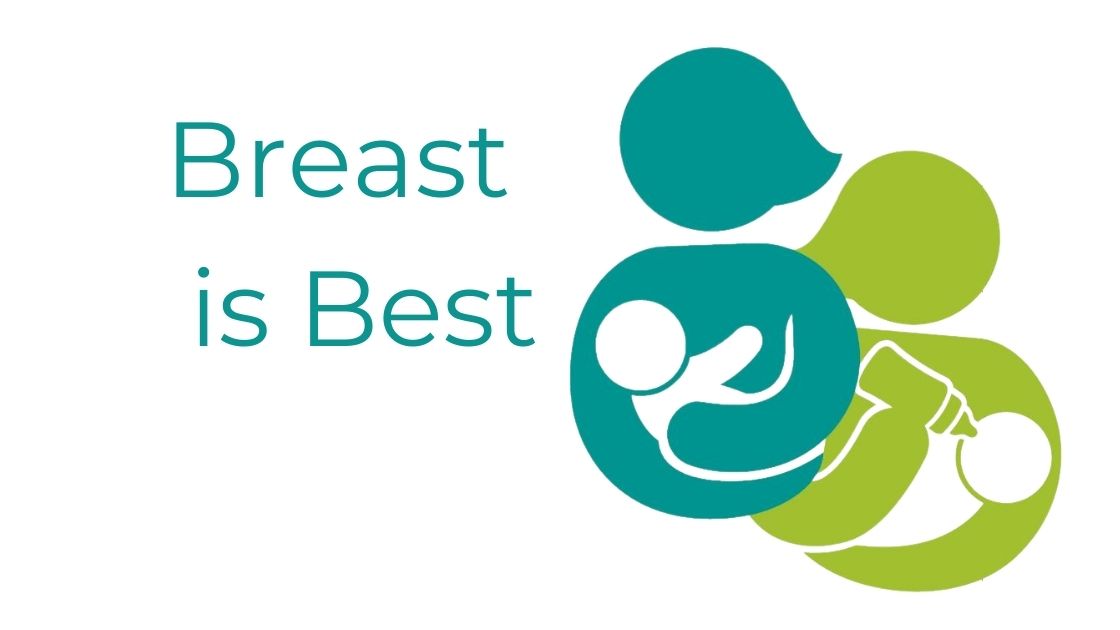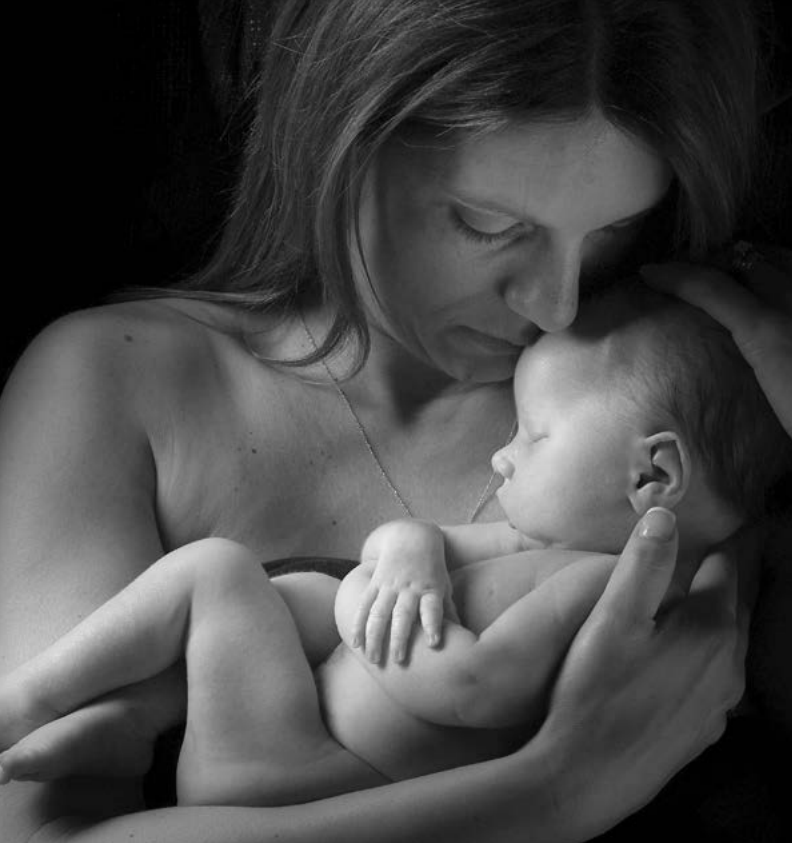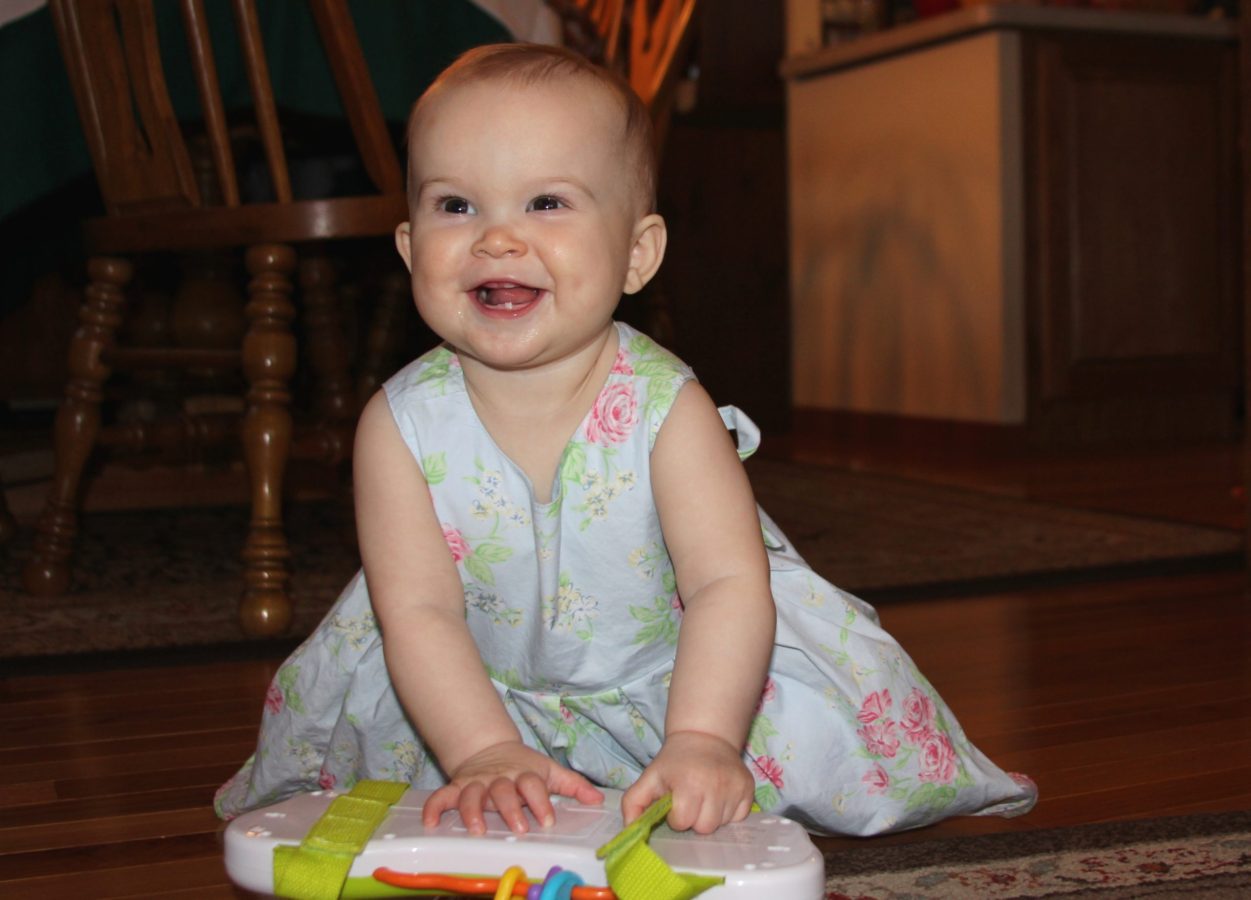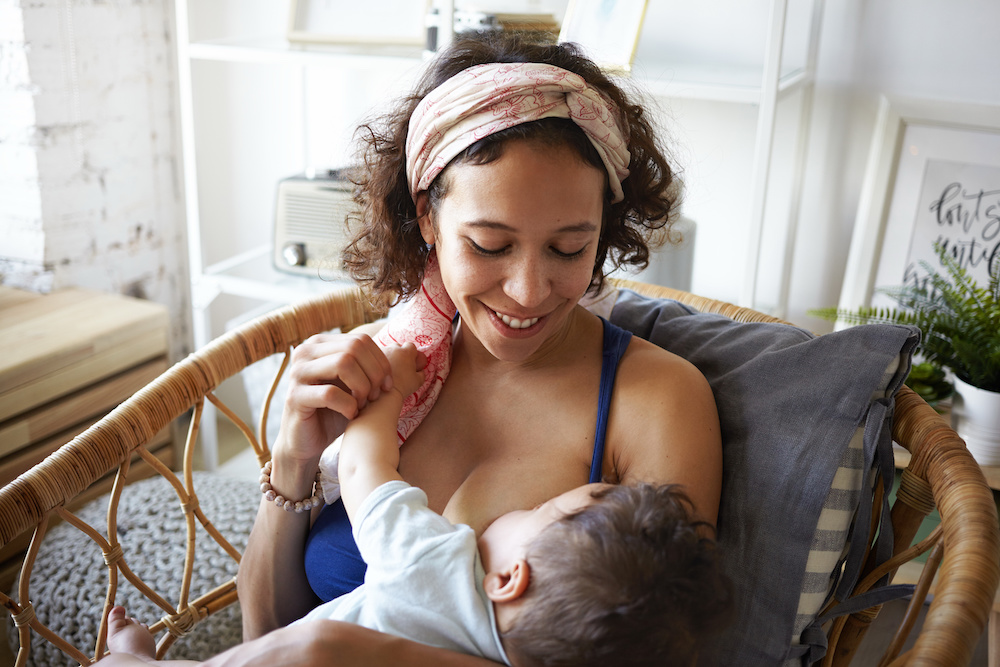When Christine Johnson was handed the newborn baby she was going to adopt, she was ready. At 43 she had decided it was time for children, and adoption made sense for her. She even had the perfect name picked out for the baby boy who arrived a year ago — one that the baby’s birth mother wasn’t ready to hear. (Minnesota Parent cannot use the names of children whose adoptions have not been completed).
“Yesterday I brought the baby for a visit and his mom asked if I was calling him by the name she gave him,” says Johnson. “When he was given to me, I was told I could call him by the name I had chosen, so he doesn’t respond to the other name. That was a hard question for me to answer for her.”
Johnson has tackled plenty of tough questions (and had some of her own) since she joined Hennepin County’s Adoption Option program, which places children who are unlikely to reunite with their parents into homes that will commit to adoption if reunification fails. Can she take a picture of the child? Call it a different name? Birth parents often interact with adoptive parents. Children might be returned. And hearts can be broken.
The program, which began around eight years ago, was created out of the Adoption and Safe Families Act, which provides funding for states that use this concurrent planning strategy to reduce the time a child spends in foster care. “It’s definitely the best practice,” explains Becky Richardson, a foster care trainer and placement coordinator with Hennepin County. “These kids get into a home and this home makes a huge emotional commitment to a child that they think they might get to adopt even though they know they might not get to. Their commitment is phenomenal. It’s much better for kids. It’s very difficult for parents.”
Living with uncertainty
As a social worker in Ramsey County, Johnson went in knowing that the Adoption Option’s primary goal is to give birth parents the chance to regain custody of their children. “I wanted to change the lives of children while their parents are getting better,” says Johnson. “This program makes a difference for birth parents as well because it gives them a break so they can work on themselves.”
In order to join the Adoption Option program potential parents like Johnson have to submit to roughly the same four-month-long application process as regular foster parents: after attending an informational meeting that explains the program, families fill out an application packet, submit to background checks, sign on for a licensing worker, go through a home assessment, and attend eight training sessions. The entire family is also extensively interviewed. Johnson, who is single, liked the fact that the program is open to anyone who is willing to take on the responsibility of a child. “They don’t say you’re too old or too young. If you have a good background and want to provide for a child, that’s all that matters,” she explains. “People can be gay, straight, single, older — it’s a wide variety.”
The protocol for a child to land in the program is simple: “One of our criteria for a child is that the birth parent has had previous involuntary termination of parental rights or transfer of legal custody,” says Richardson. “They’ve had other kids they’ve lost and they have a history with us.” Around half of the children in the Adoption Option program are infants that are taken away at birth for a variety of reasons, including parental drug abuse and prior neglect. The program also has received infants surrendered through the state’s Safe Haven law, which allows parents to legally surrender a newborn anonymously and without criminal penalty.
When a birth parent’s child is in the Adoption Option program, he or she has time to work through a case plan in order to regain the child, or he or she can begin the process of terminating parental rights. Either way, Adoption Option parents often get to know the biological families of the children they are fostering, which appealed to Johnson as she plans to maintain that bond once she adopts her son. “I plan on incorporating into the adoption that we will see his mom a couple times a year,” says Johnson. “I think he will be able to get information from her that I can’t give, and as he gets older he will want to know her and ask questions.”
Adoption Option has placed over 500 children under the program and 33 percent were adopted. Johnson says these are statistics the program emphasizes to potential parents so they know what they’re getting into. “[Many kids] go back to their families, and that is made very clear, but it doesn’t make it any easier,” explains Johnson. “If you want a baby, this is the route to go, but [the uncertainty] can tear you apart.”
When adoption isn’t an option
Michelle Bawek of Bloomington wrestled with infertility for years before turning to adoption. Yet neither domestic nor international adoption seemed to be a good fit for her or her husband Michael. So when a co-worker mentioned fostering, Bawek felt like she had her answer. “I just got this revelation that we were supposed to do foster care, and then when I found out about the Adoption Option we were intrigued,” she said.
Intrigue quickly translated into the Baweks’ accepting a 15-month-old named Tiah and a baby girl in the same week. “We were parents of two immediately, which was quite a transition!” Bawek says happily. The couple had relationships with the families of both girls, and began working towards adopting each. While Tiah’s adoption went smoothly, an aunt chose to raise to the infant (who at that point had lived with the Baweks for 15 months) at the 11th hour, and the county took the child away from the Baweks. “I still have major heartache over that. It was very, very traumatic for our family,” says Bawek. The couple took a year off from the program in order to heal from the loss. “We didn’t think the county had made the right choice, and there wasn’t enough support for us to deal with that loss,” explains Bawek. “Our hearts were broken, and though losing the child is always the risk you take, we didn’t know if we could do it again.”
During the time off Bawek became pregnant with her son Adin, now 2, and joined the county’s adoption support group to talk with families going through similar circumstances. In the end, the Baweks decided to rejoin the program. “When I lost [the infant] I got to be put in the position of the birth mom,” says Bawek. “I knew from that day forward my life was changed and I could totally relate to that birth mother who is losing her child and the heartache of wanting to smell or kiss or touch your child. So I have a greater compassion for the birth family now.”
Since rejoining Adoption Option, the Baweks have fostered two more children, one a girl who returned to her family and the other a 6-month-old boy named Brennen, whom they are in the process of adopting. She says the family plans to continue with the program and take in more children even though they haven’t fully recovered from losing their first baby. “When a child comes into your home, it’s hard to think about what might happen, but you can do nothing but love them. It’s inevitable.”






















